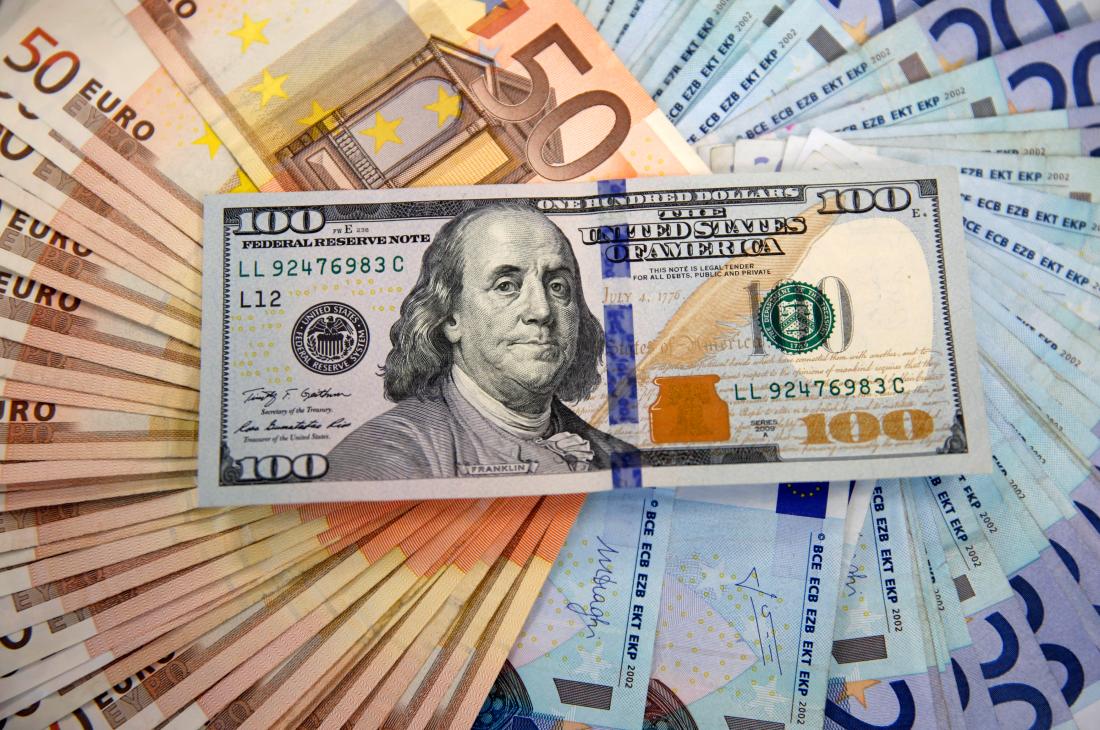When looking to international markets, traders have turned to both international stocks and even included some currency-hedged strategy to manage foreign exchange currency fluctuations. On the other hand, investors can consider partial currency-hedged exchange traded funds to diminish currency risks.
Currency traders are seeing wild swings, with the U.S. dollar oscillating on foreign market risks, global central bank policies, Federal Reserve speculation and economic data at home.
The U.S. Dollar Index (DXY), which tracks the U.S. dollar’s movement against a basket of major foreign currencies, has declined 3.8% year-to-date. The dollar index, though, has bounced back off its May lows.
The USD has weakened earlier tgus year after Federal Reserve officials said that financial conditions tightened in the weeks since the Federal Reserve’s rate hike in December, adding to speculation that the Fed would hold off on four rate hikes this year. Now, the greenback has been strengthening on increased safe-haven bets on a so-called Brexit vote and previous speculation on Fed rate hikes.
Related: Dollar Declines Mean Go-Go Days for Commodities ETFs
Even in less volatile periods, correctly predicting the direction the dollar will move against major international currencies is not an easy feat to accomplish. As we continue to digest the diverging global central bank policies and rising uncertainty, international stock investors may want to take a more neutral forex view instead of trying to bet on a definitive up or down trend in the currency market.
Financial advisors have already implemented some form of a percentage hedge against foreign exchange moves by investing in two different currency-hedged ETFs – one hedged and one unhedged. However, this leaves investors with more work when rebalancing a portfolio, which would incur additional transaction fees, along with short-term capital gains.
A fully hedged portfolio position has historically diminished returns when the U.S. dollar depreciated or international currencies strengthened. Since a hedged portfolio shorts foreign currencies, investors would miss out on the added boost if international currencies appreciated. On the other hand, an unhedged strategy historically underperformed when the greenback appreciated or foreign currencies weakened. If international currencies depreciate, foreign currency-denominated investments would have a lower USD-denominated return. There will be times when a fully hedged portfolio undergrounds relative to unhedged strategies or vice versa.
